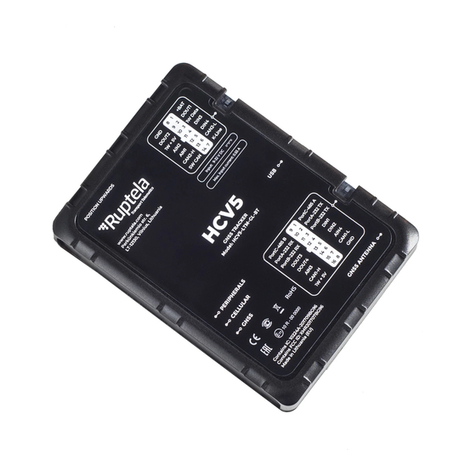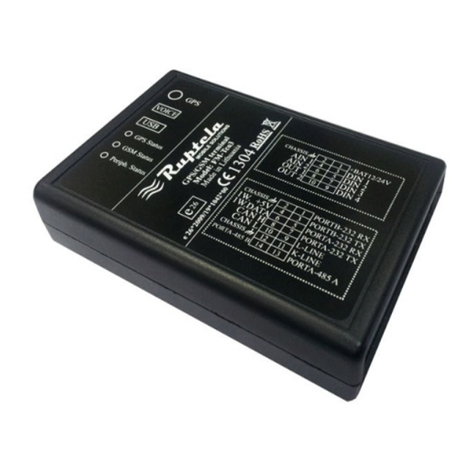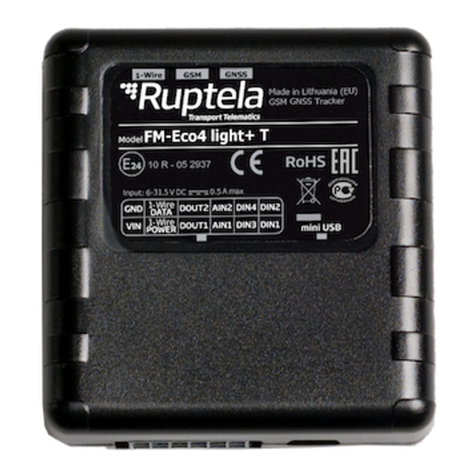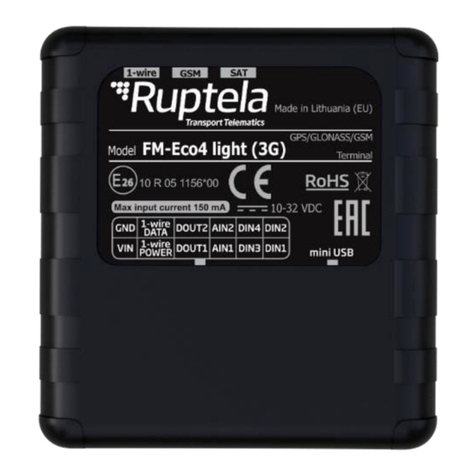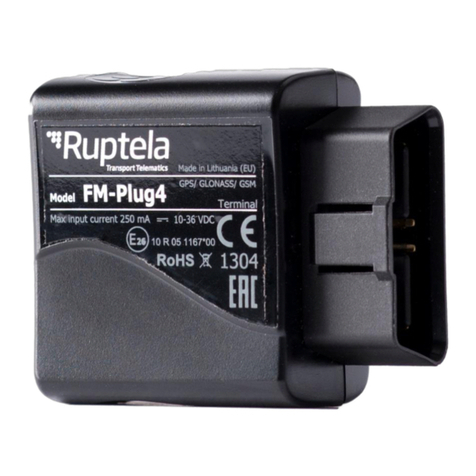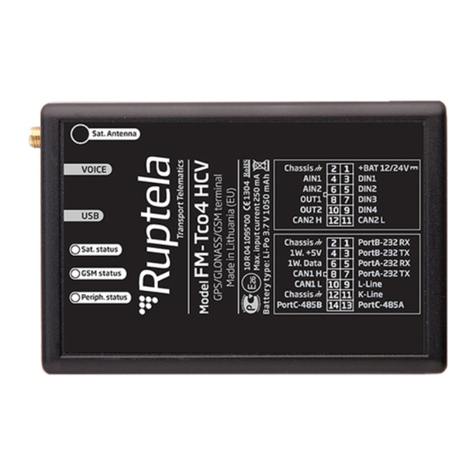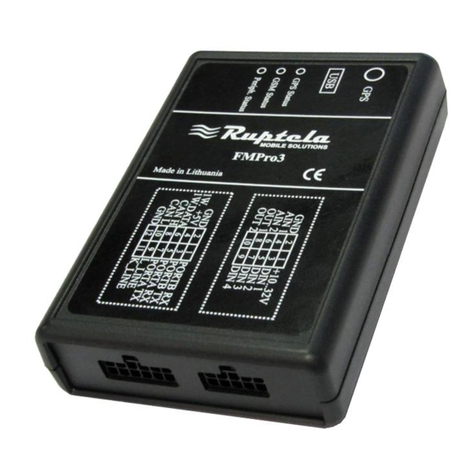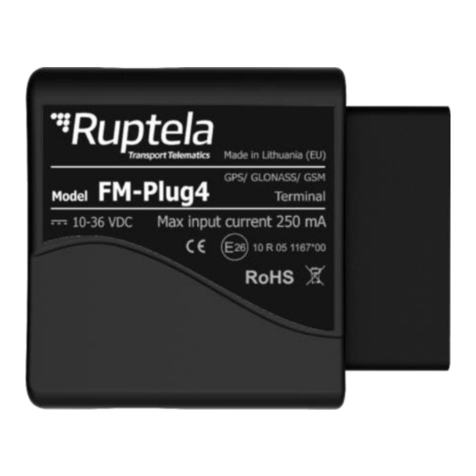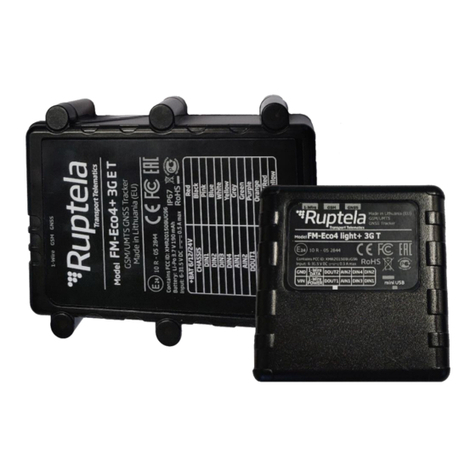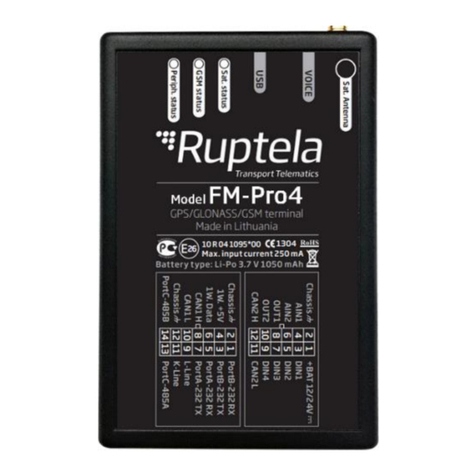
1 Preface ............................................................................................................................................ 2
1.1 Use of this document ...............................................................................................................2
1.2 Document change log............................................................................................................... 2
2 Introduction .................................................................................................................................... 3
2.1 Purpose.................................................................................................................................... 3
2.2 Acronyms................................................................................................................................. 3
2.3 Legal Information..................................................................................................................... 3
2.4 Safety....................................................................................................................................... 3
2.5 References ...............................................................................................................................5
3 Device description ........................................................................................................................... 6
3.1 About.......................................................................................................................................6
3.2 Package contents .....................................................................................................................6
3.3 Physical characteristics............................................................................................................. 7
3.4 Technical characteristics .......................................................................................................... 7
3.5 IO pin out ................................................................................................................................. 8
3.6 Interfaces and peripheral accessories....................................................................................... 9
3.7 Certification ........................................................................................................................... 10
3.8 LED status .............................................................................................................................. 10
3.8.1 GNSS LED........................................................................................................................ 10
3.8.2 GSM LED......................................................................................................................... 10
3.8.3 Peripheral led................................................................................................................. 11
4 Device configuration...................................................................................................................... 12
4.1 Driver installation................................................................................................................... 12
4.2 Sample configuration ............................................................................................................. 14
4.3 Advanced configuration ......................................................................................................... 16
4.3.1 Global settings................................................................................................................ 17
4.3.2 Profile settings ............................................................................................................... 20
4.3.3 IO settings ...................................................................................................................... 24
4.4 Integration protocol ............................................................................................................... 28
5 Installation recommendations ....................................................................................................... 29
5.1 Device installation.................................................................................................................. 29
5.2 Antenna installation............................................................................................................... 29
